In the realm of superfoods, few can rival the nutritional powerhouse that is organic wheatgrass. Bursting with essential vitamins, minerals, and antioxidants, this vibrant green plant has become a staple in health-conscious diets around the world. At our farm in Northeastern Kansas, we take great pride in cultivating and harvesting the finest quality organic wheatgrass. In this article, we will delve into the fascinating process behind our winter-grown wheatgrass and share how we ensure maximum nutrition before the jointing stage.
The Benefits of Organic Wheatgrass
Before we explore the intricacies of our harvesting process, let's first dive into the remarkable benefits of organic wheatgrass. Packed with a complete range of vitamins and minerals, including iron, copper, folic acid, vitamins C, B6, and B12, organic wheatgrass plays a vital role in maintaining optimal health. Its high iron content improves blood volume, preventing anemia and fatigue. Additionally, organic wheatgrass contains chlorophyll, fiber, and a plethora of other nutrients that support overall well-being.
Winter Growth and Deep Root Nutrition
To ensure the highest nutritional value, we employ a unique planting strategy for our organic wheatgrass. In the winter months, when the air is chilly and the soil remains warm, we sow our seeds approximately one inch apart. This cold-weather planting induces slow growth, allowing the roots to delve deep into the rich glacial soil. As a result, our wheatgrass plants establish a strong foundation and absorb an abundance of essential nutrients.
Harvesting Before the Jointing Stage
At our farm, we meticulously time our harvest to capture the optimal nutritional content of our organic wheatgrass. The jointing stage, which occurs for only a few days in the early spring, marks the peak of the plant's nutritional value. It is during this brief window that we carefully harvest our wheatgrass, ensuring that it is brimming with vital nutrients. By harvesting before rapid growth begins, we can capture the stored energy that will fuel the reproductive cycle of the plant.
The Difference Between Real Wheatgrass and Tray-Grown Varieties
There is a common misconception that wheatgrass should be grown in trays. However, the wheatgrass used in the groundbreaking research of pioneers like Ann Wigmore was not juice and was not grown in trays. Rather, it was whole food wheatgrass powder derived from plants grown slowly over the winter. At our farm, we follow this same approach, planting our wheatgrass in the fall to mimic natural growth patterns. The resulting harvest is a testament to the power of real wheatgrass, with its vibrant green color and superior nutritional profile.
The Legacy of Charles Schnabel and the Father of Wheatgrass
The history of organic wheatgrass can be traced back to the pioneering work of Charles Schnabel and his team of scientists. Their research in the 1930s laid the foundation for our understanding of the nutritional benefits of wheatgrass. Schnabel's studies inspired renowned figures like Ann Wigmore and Steve Meyerowirz, who hailed him as the father of wheatgrass. Today, we continue to honor Schnabel's legacy by incorporating his research into our farming practices and using one of his laboratories for our operations.
Sustainable Farming and Environmental Responsibility
At our farm, we prioritize sustainability and environmental responsibility in our organic wheatgrass cultivation. Unlike many other growers in Kansas, we do not rely on irrigation water from the contaminated Ogallala Aquifer. Instead, we choose appropriate locations for our fields that receive ample natural rainfall. This commitment to sustainable farming ensures that our organic wheatgrass is not only nutritionally superior but also environmentally friendly.
Exclusive Focus on Organic Crops
We take great pride in our commitment to growing only 100% certified organic crops. Unlike some farmers who practice dual farming, producing both organic and non-organic crops, all of our family farmers dedicate themselves solely to cultivating organic produce. This unwavering focus allows us to maintain the highest quality standards and ensure that our organic wheatgrass is free from harmful chemicals and pesticides.
Where to Find Organic Wheatgrass
Are you ready to experience the incredible health benefits of organic wheatgrass? Look no further than your local natural food store or our online store. We offer a wide range of organic wheatgrass products, including powders and tablets. Incorporate this green superfood into your daily routine and enjoy the nutrition-packed goodness that organic wheatgrass has to offer.
Conclusion
From its winter growth and deep root nutrition to its careful harvest before the jointing stage, our organic wheatgrass embodies the pinnacle of green nutrition. With its exceptional nutritional profile and sustainable cultivation practices, our organic wheatgrass sets the standard for quality and purity. Join us on this journey to harness the power of organic wheatgrass and unlock the boundless benefits it holds for your health and well-being.
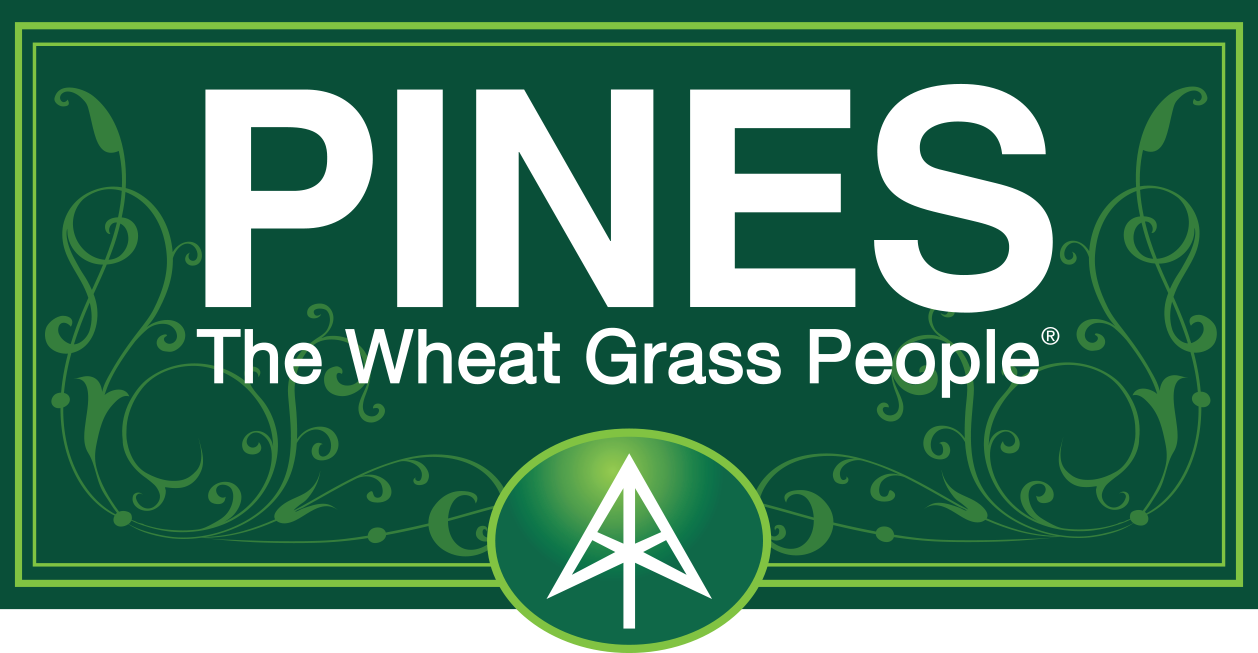



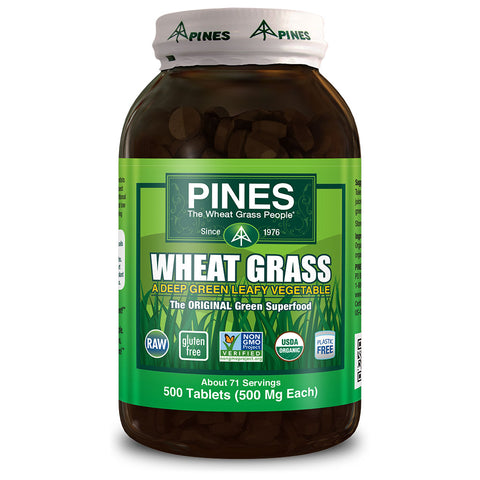
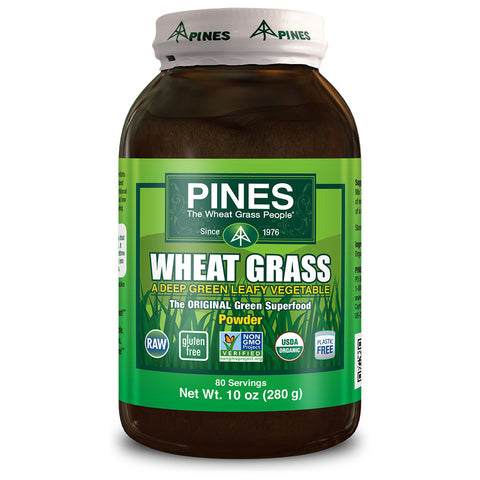
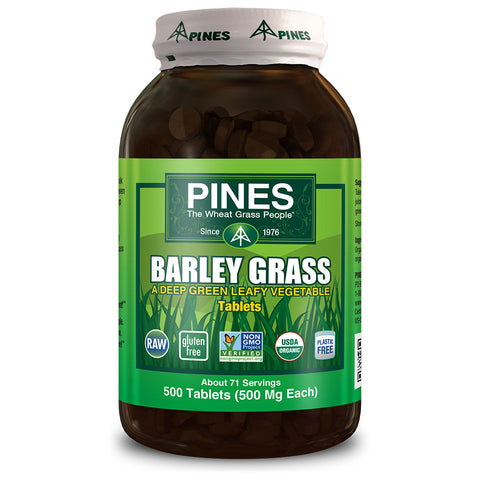
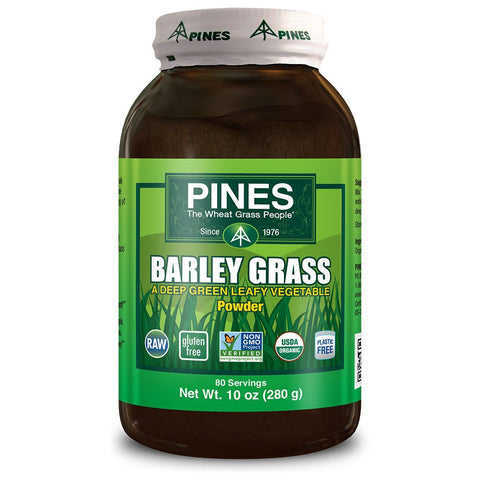
Comments (0)
There are no comments for this article. Be the first one to leave a message!